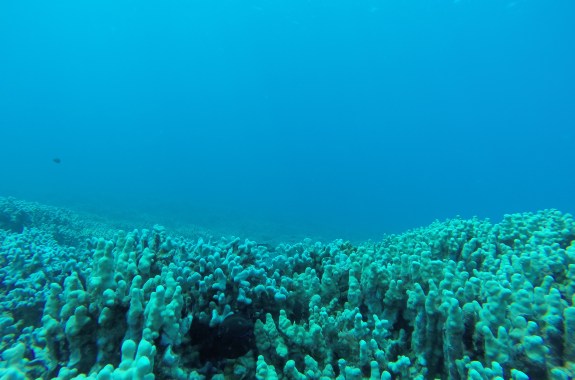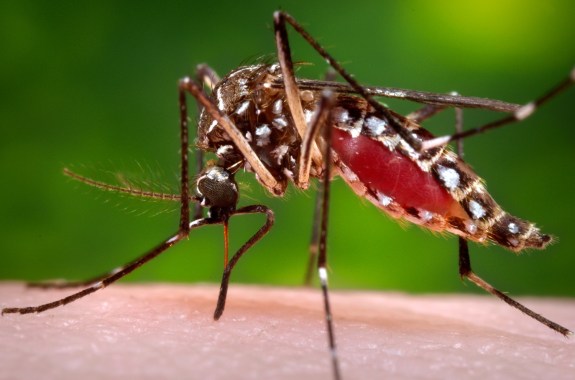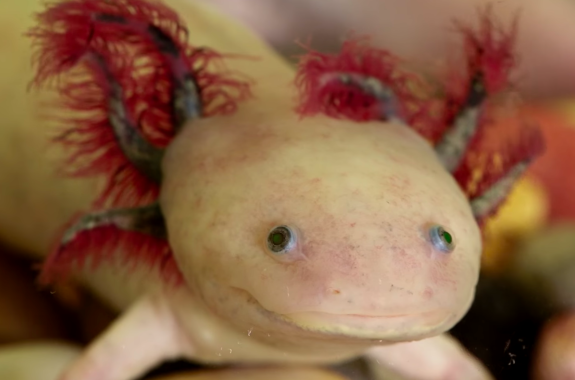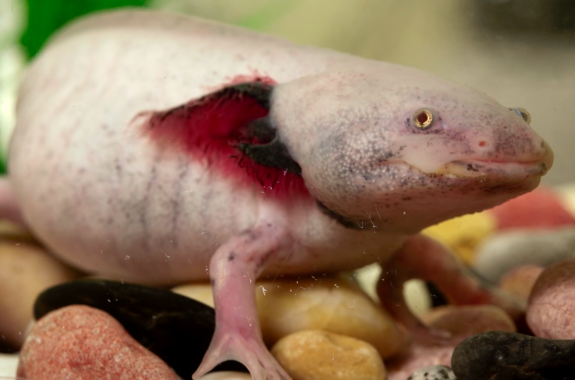The Comeback Kits: Saving California’s Island Foxes
Several subspecies of island fox have shown the fastest recovery of any mammal on the Endangered Species List.
Five Back-To-School Books For Science-Loving Kids
A handful of good reads for the shark fans, budding architects, and other curious kids in your life.
7:08
Reeling In the Coral Reef Soundscape
Marine animals use coral reefs sounds to find suitable habitat.
4:36
The Pros and Cons of Potential Development in National Parks
What are the impacts of more tourists and development at Grand Canyon National Park?
11:47
Where Do We Stand in the Fight Against Zika?
The viral storm has made landfall in the U.S, but a vaccine remains elusive.
15:52
A Hand, a Fin, a Gene
What a fish and a rare amphibian can tell us about how limbs develop, grow, and even re-grow.
The Axolotl: A Cut Above the Rest
The axolotl is a Mexican salamander with an incredible ability: Cut its leg off, and the limb will grow right back!
00:17:03
The Spicy Science of Chili Peppers
What gives the hot habanero and mild jalapeño their “heat profile”?
4:01
What Will More Research-Grade Marijuana Mean for Medical Studies?
The Drug Enforcement Administration has expanded the number of marijuana manufacturers that can grow and provide the drug to medical researchers.









